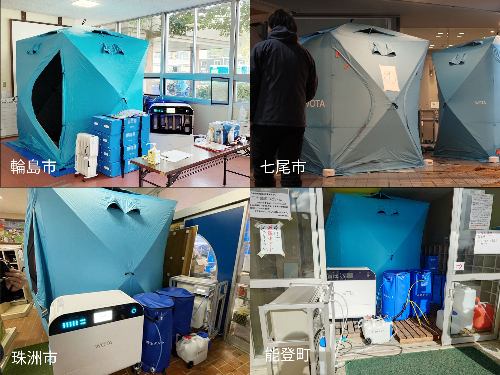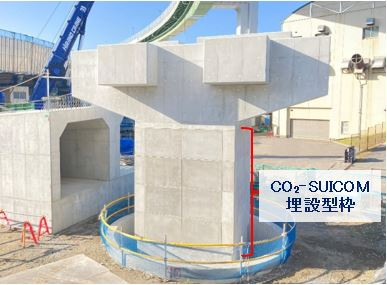J-STORIES ー 暴走車両による事件や事故は世界各国で後を絶たず、多くの人々が犠牲になっている。2021年暮れには、米ウィスコンシン州でのクリスマスパレードに暴走車が乱入し、6人の命が失われた。コロナ禍で自粛していた様々な行事やイベントが再開される中、こうした暴走車による犠牲者を減らそうと日本で初めて本格的なテロ対策仕様として開発された新型バリケードの利用が広がっている。ひとりでも移動できるなど従来のバリケードにくらべて取り扱いが容易で、テロ防止だけでなく、誤発進などの車両事故を防ぐ対策として商業施設向けにも販路が伸びているという。
ヘラクレスは高速で突入してくる車に対し、メッシュ状の金属板が変形して衝撃を吸収。同時にスパイクのようなピンが路面に食い込んで車を強制停止する。さらに底面に備えた特殊なゴムの摩擦力で前輪の駆動力を奪う。
最大の製品で重さは約120キロあるが、キャスター付きなので簡単に動かすことができ、設置にかかる時間は折り畳んだ状態からわずか30秒。積雪、アイスバーンの路面にも対応、フルシーズンで効果を期待できる車両阻止バリケードとしては日本初の製品で、昨年10月には文部科学大臣賞を受賞した。
.jpg)
2022年6月に、2年ぶりに開催した札幌市の「YOSAKOIソーラン祭り」では、8台のヘラクレスが導入された。採用を決めた同イベント組織委員会の伊藤耕作さんは、安全性を強化できるヘラクレスの実績と経済性を勘案したと説明する。同社によると、この他、大阪府警本部やG7広島サミットでもテロ対策としてヘラクレスが採用されている。
.jpg)
同社では、ヘラクレス技術を応用した誤発進車両防止用の車止め「バリア・ピッと!」も開発した。この車止めは、衝突時に車両が乗り上げて前輪が無力化される構造になっているため、車両と車止めともにダメージを緩和できる。設置に必要な基礎工事も最小限で済むという。
トライ・ユーの上杉社長はJ-STORIESの取材に対し、「世界で多発している車両突入テロの悲劇を日本で出さない」という同社の企業ミッションを語るとともに、日本での実績を踏まえ、ヘラクレスを今後、世界市場でも製品展開していきたいと述べた。
記事:高畑依実 編集:北松克朗
トップ写真:トライ・ユー 提供
この記事に関するお問い合わせは、 jstories@pacificbridge.jp にお寄せください。
***
本記事の英語版は、こちらからご覧になれます。




_bigthumbnail.jpeg)














![[PODCAST] 如何打造成功的新創企業社群(第2集)](https://storage.googleapis.com/jstories-cms.appspot.com/images/1748493203370business-man-holding-light-bulb-social-network-2024-10-31-22-37-36-utc_smallthumbnail.jpg)


